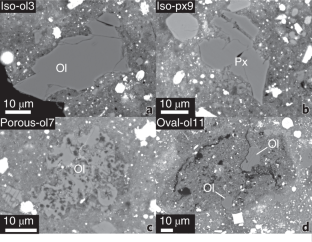原子間力顕微鏡で結晶ができるまでの過程を解明 New research sheds light on how crystals form using atomic force microscopy
2022-09-22 アメリカ・パシフィック・ノースウェスト国立研究所(PNNL)
新しい技術によって、これまでにないほど結晶化過程を可視化することが可能になった。
原子間力顕微鏡という手法を用いて、水中で雲母の表面に水酸化アルミニウムの鉱物が核生成する様子を観察した。
今回の研究では、雲母の表面が非常に平らであることが最大の特徴であり、これにより、雲母の上に形成された数個の原子クラスターを検出することができた
原子のクラスターが臨界サイズに達して表面全体に成長するという稀な現象ではなく、何千ものゆらぎのあるクラスターが合体して、結晶の「島」の間に隙間が残るという予想外のパターンが見られた。
<関連情報>
- https://www.pnnl.gov/news-media/atomic-scale-imaging-reveals-facile-route-crystal-formation
- https://www.science.org/doi/10.1126/sciadv.abn7087
雲母上の水酸化物膜は核生成バリアを回避して電荷安定化したミクロ相を形成する Hydroxide films on mica form charge-stabilized microphases that circumvent nucleation barriers
Benjamin A. Legg,Kislon Voïtchovsky,James J. De Yoreo
Science Advances Published:2 Sep 2022
DOI: 10.1126/sciadv.abn7087

Abstract
Crystal nucleation is facilitated by transient, nanoscale fluctuations that are extraordinarily difficult to observe. Here, we use high-speed atomic force microscopy to directly observe the growth of an aluminum hydroxide film from an aqueous solution and characterize the dynamically fluctuating nanostructures that precede its formation. Nanoscale cluster distributions and fluctuation dynamics show many similarities to the predictions of classical nucleation theory, but the cluster energy landscape deviates from classical expectations. Kinetic Monte Carlo simulations show that these deviations can arise from electrostatic interactions between the clusters and the underlying substrate, which drive microphase separation to create a nanostructured surface phase. This phase can evolve seamlessly from a low-coverage state of fluctuating clusters into a high-coverage nanostructured network, allowing the film to grow without having to overcome classical nucleation barriers.



